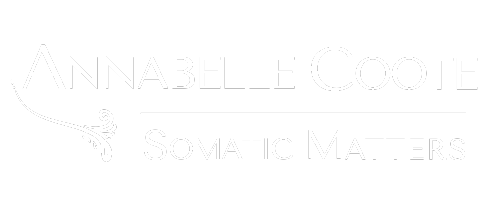Be Cautious of “Normal”
Just after the new year, a friend asked how my Christmas was, knowing that first holidays after a loss can be difficult. I shared that it was nice to have the logistics and formalities of many arrangements and two memorials over and move into Christmas and New Year’s with more sense of normalcy.
But I also realized I had been experiencing the return of more “normal stress”, which was actually feeling worse than the sadness, grief and disorientation that had been more prominent during the fall. In fact, it was downright irritating and uncomfortable.
In the first couple months after my brother’s loss, my emotional experience was raw and intense. But it was soothed by love and connection and I really had no choice but to tend to myself with profound self-compassion and care. I had no doubt about my priorities and gave myself absolute permission to let go of everything else. I was in a space that felt both surreal and sacred.
As time passed, my attention widened and I started to be more aware of all that had receded to the background. Routines began to be re-established, regular to-do’s made their way onto my agenda, and time and space once again felt like they followed the laws of physics. The sense of normalcy returning was in many ways a relief and it helped me feel more grounded. As part of this shift, my go-to habits and patterns re-awakened, ready to assist me with managing daily life.
“Normal” was back. And for all the ways that it was helpful, I became keenly aware that there was a lot about it that I wanted to leave behind. Above all else, I was struck by how easy it was for me to let go of my new and profound orientation to self-nurturing as my most important priority. Instead, the pressures and “shoulds” started to leak in and lead the way. Ugh. The good news is that I was in a state that allowed me to witness my experience with self-compassion and curiosity.
As I move into the new year day by day, and experience different phases of healing, I am trying to catch “normal” in the act and ask myself to be vigilant about my automatic patterns. To question whether my response is needed, helpful or just habitual. And when it is just habitual, to pause and see if I can find the courage and creativity to do things differently.
Even when my “normal” responses are effective, I still want them to evolve, to be more of a choice, to truly meet the needs of the moment. And when “normal” habits are wonderful, I want to be aware of them, savor them and use them to help me grow.
The key for me is to pay attention to my experience, and particularly to what’s happening in my body. The more I can tune into myself and the present moment, the more I can let go of what doesn’t serve me and nurture what does.
This is the work I ask my clients to do. Learn to pay attention, to increase awareness, to pause and interrupt what is “normal” – whether it be thoughts, feelings or actions – to make changes and then to nurture what is new over time. Mindful somatic awareness and experimentation are the most profound way I have found to facilitate this process for both myself and in doing therapy with clients.
So, here I am, practicing my work, and making renewed commitments to my own growth and well-being, feeling deep compassion for my experience and for that of my clients. I am gently but firmly asking myself not to pick up all of the pieces that were shattered by acute grief, instead being careful about what I choose to hold onto while tending to new resources.
The photo in this post is of flowers I bought after Christmas. White roses are not my typical preference (I love color), but I trusted my instinct to choose something simple and gentle, which really helped me to nurture a sense of peace and remind me to slow down and pay attention to myself.
Would you like support in evolving “normal” for yourself and your clients?
Join the mailing list (below), take the free mini course on integrating somatic approaches (here), or learn more about somatic clinical consultation (here) to see how it could support your work and growth as a therapist.
© 2024 Annabelle Coote
This article is intended for informational and educational purposes only. It is not to be considered as legal, ethical, clinical, health or any other business or clinical practice advice related to your work as a therapist.

